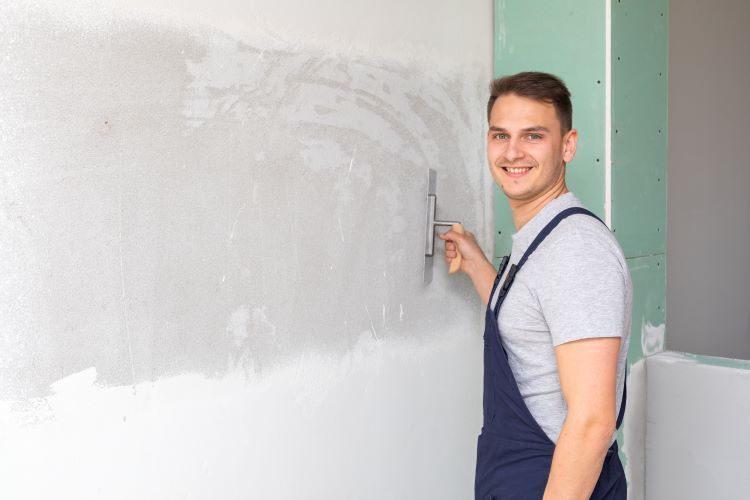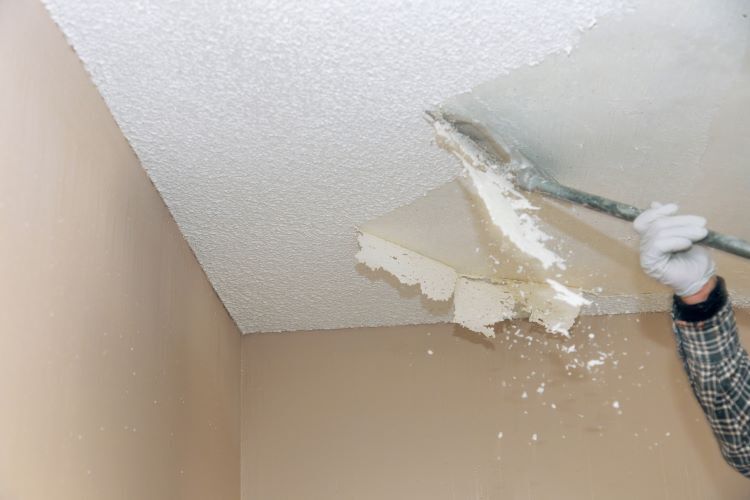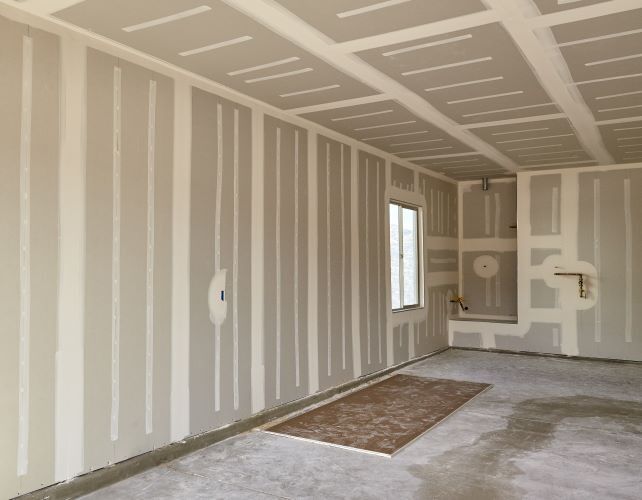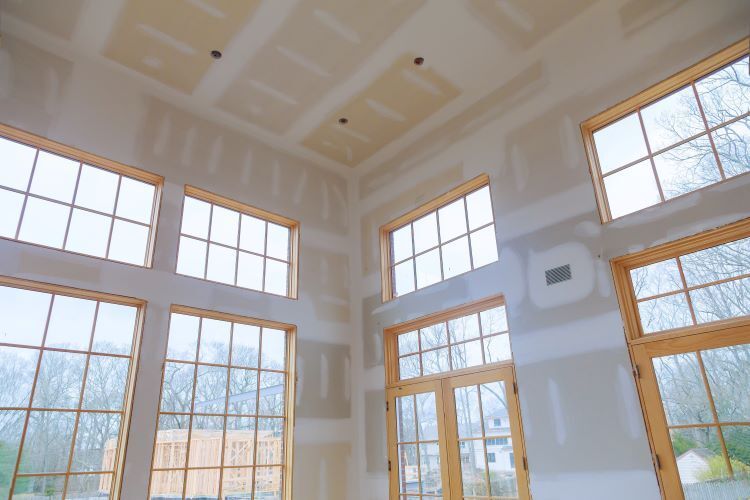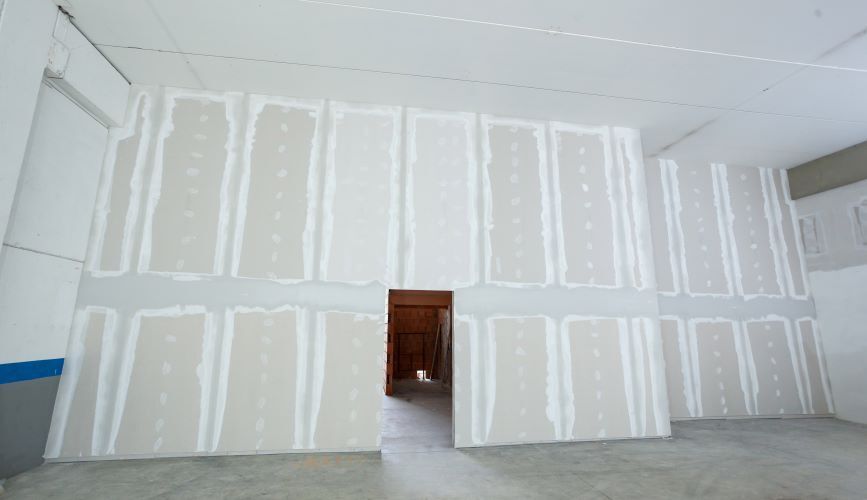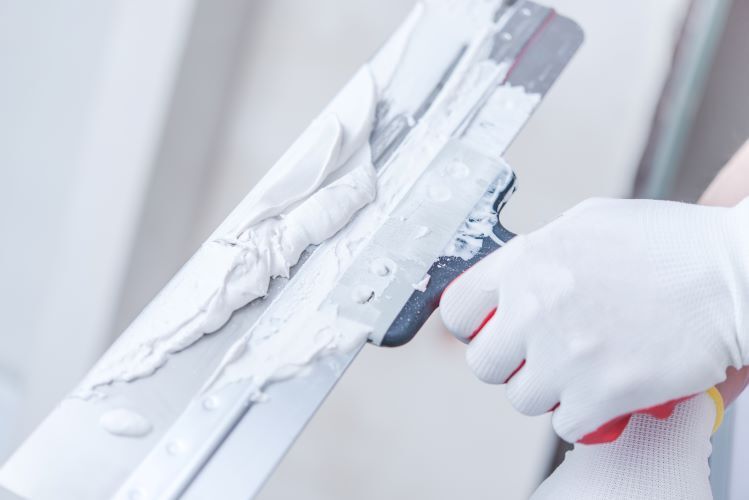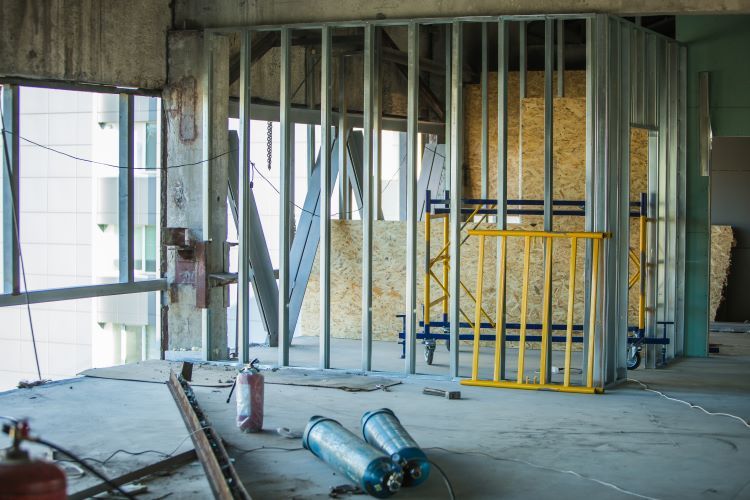The Impact of Water Damage on Drywall and Ceiling Integrity
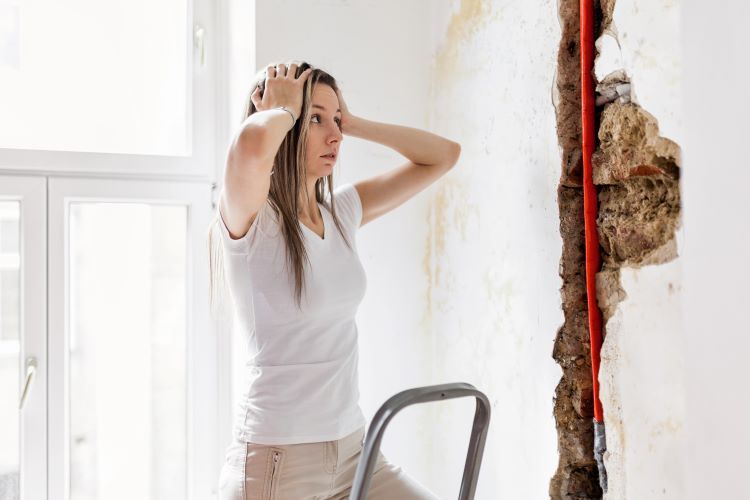
Water damage is one of the most common issues homeowners face, particularly in areas like London, Ontario, where weather conditions can be unpredictable. Whether caused by a burst pipe, leaky roof, or flooding, water damage can have a devastating effect on drywall and ceiling integrity. Understanding the impact and addressing it promptly can save your home from long-term structural issues and costly repairs.
How Water Affects Drywall and Ceilings
1. Loss of Structural Integrity
Drywall is a porous material, making it highly susceptible to water absorption. Once soaked, it becomes soft and loses its structural integrity, leading to sagging, warping, or even collapse. Similarly, ceilings can bow or crack under the added weight of trapped moisture.
2. Mold and Mildew Growth
Moist drywall creates an ideal environment for mold and mildew to thrive. Not only does this damage the material further, but it also poses serious health risks, including allergies and respiratory issues.
3. Stains and Discoloration
Water damage often leaves unsightly stains or yellowish-brown discoloration on drywall and ceilings. While these may seem like mere cosmetic issues, they are often indicators of deeper damage.
4. Compromised Insulation
In many cases, drywall damage also affects the insulation behind it. Wet insulation loses its effectiveness, leading to increased energy bills and reduced indoor comfort.
Signs of Water Damage in Drywall and Ceilings
- Sagging or Bulging: Walls or ceilings that appear uneven or bowed are likely retaining moisture.
- Cracking or Peeling Paint: Waterlogged drywall can cause paint to bubble, crack, or peel.
- Persistent Damp Odors: A musty smell often indicates hidden water damage.
- Visible Stains: Brownish marks on walls or ceilings are a clear sign of water infiltration.
- Soft or Spongy Texture: Pressing on affected areas may reveal weakened, soft drywall.
Why Timely Repairs Are Crucial
Delaying repairs can exacerbate the problem and lead to:
- Escalating Repair Costs: Minor issues can turn into major renovations if not addressed promptly.
- Health Hazards: Mold growth can spread rapidly, affecting indoor air quality and health.
- Structural Damage: Prolonged water exposure can compromise the framework behind your walls and ceilings.
Steps to Repair Water-Damaged Drywall and Ceilings
1. Assess the Damage
Inspect the affected areas to determine the extent of the water damage. Look for stains, soft spots, and signs of mold growth.
2. Address the Source
Before repairing the drywall or ceiling, fix the underlying issue causing the water damage. This could be a leaky roof, faulty plumbing, or poor drainage.
3. Remove Damaged Materials
Cut out and dispose of irreparably damaged sections of drywall and insulation. This step helps prevent mold and ensures a clean base for new materials.
4. Dry the Area
Thoroughly dry the exposed areas using fans, dehumidifiers, or professional drying equipment to prevent further moisture issues.
5. Replace and Restore
Install new drywall or ceiling panels, ensuring they are securely attached. Tape and mud the seams, sand the surface smooth, and finish with a fresh coat of paint.
How London Drywallers Can Help
At London Drywallers, we specialize in repairing water-damaged drywall and ceilings. Our team of experts provides:
- Comprehensive Assessments: We identify the root cause of water damage to prevent recurrence.
- Efficient Repairs: From minor patches to complete replacements, we restore your walls and ceilings to their original condition.
- Mold Prevention: We ensure the affected areas are thoroughly dried and treated to avoid mold growth.
- Seamless Finishes: Our work blends perfectly with your existing décor, leaving no trace of damage.
Preventing Future Water Damage
While it’s impossible to control all external factors, you can reduce the risk of water damage with these preventive measures:
- Regular Maintenance: Inspect your roof, plumbing, and gutters for potential issues.
- Proper Ventilation: Use exhaust fans and dehumidifiers in moisture-prone areas like bathrooms and basements.
- Upgrade Materials: Consider moisture-resistant drywall in areas vulnerable to water exposure.
- Quick Action: Address leaks or water intrusion immediately to minimize damage.
Conclusion
Water damage to drywall and ceilings is more than an aesthetic issue—it can compromise the safety and integrity of your home. By recognizing the signs early and seeking professional repair services, you can protect your property from further harm.
If you’re dealing with water damage in London, Ontario, trust London Drywallers to restore your home quickly and effectively. Contact us today for a consultation and let us help safeguard your space!
